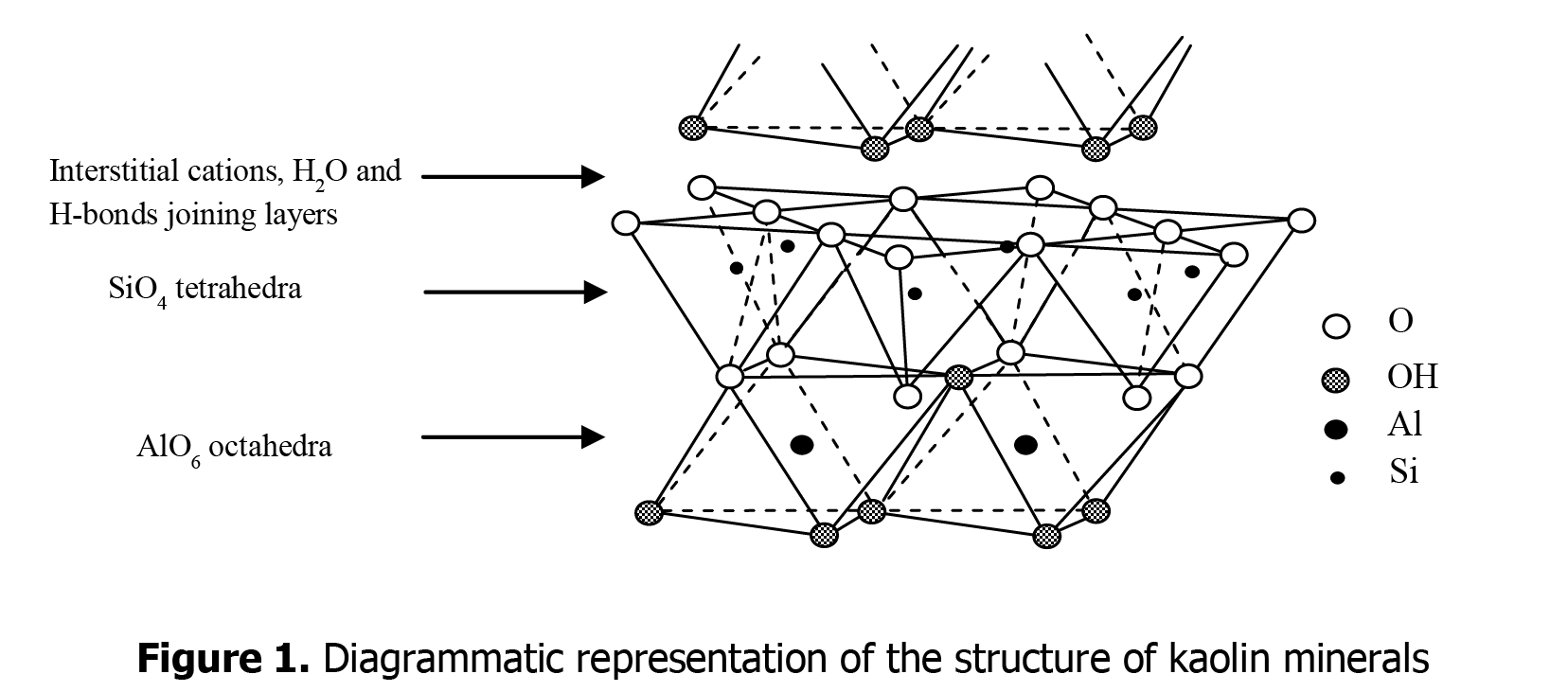Formation of new low field signals in the EPR spectra of kaolin minerals
คำสำคัญ:
kaolin; EPR; Fe3 ; free radicalบทคัดย่อ
Kaolins are clay minerals that contain layers of SiO4 tetrahedra bound to AlO6 octahedra. They play important roles in environmental processes, and can be used in the preparation of novel products for use in various scientific industries. However, there is considerable variability in the physical and chemical properties of different samples, possibly caused by small amounts of impurity mineral phases, or isomorphous substitution of Fe3+ (and other cations) for Al in the structure. Fe3+ is paramagnetic and can be studied by electron paramagnetic resonance (EPR) spectroscopy. EPR spectra typically show a triplet and a singlet associated with structural Fe3+ with their relative intensities being related to structural order in the sample. Two additional singlet signals overlaying the conventional Fe3+ signal are now reported. One is formed by grinding, is stable to >300 °C, and is interpreted as arising from Fe3+ in a breakdown product from the aluminosilicate structure. The other is observed after irradiation and has low thermal stability; it is thought to correspond to a triplet state that results from the formation of two O- centres in neighbouring sites in the aluminosilicate structure. Although we do not know the significance of these new centres, it is clear that interpretation of kaolin EPR spectra is more complex than is generally assumed.


